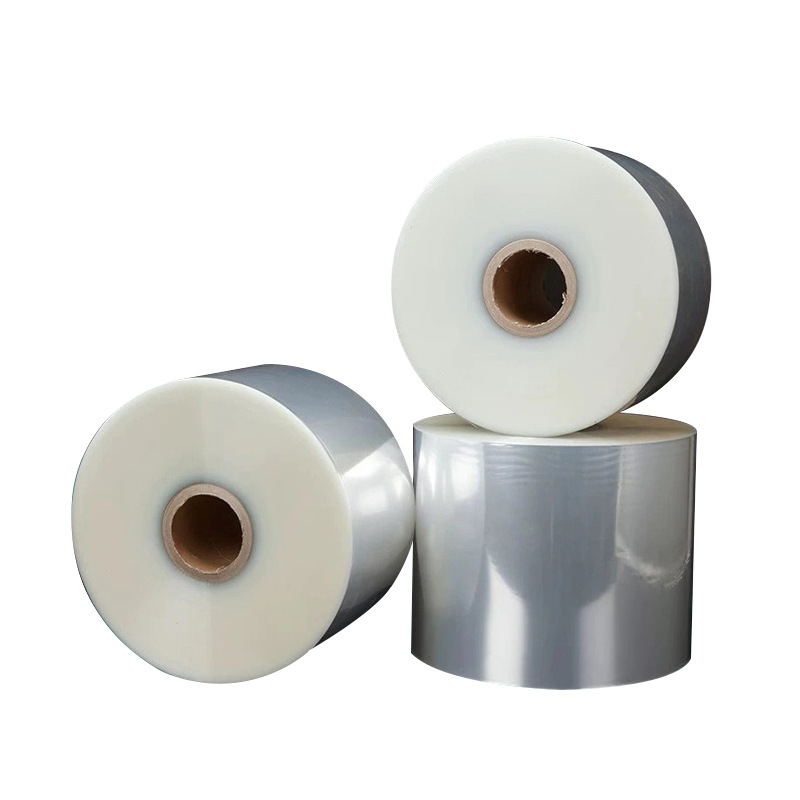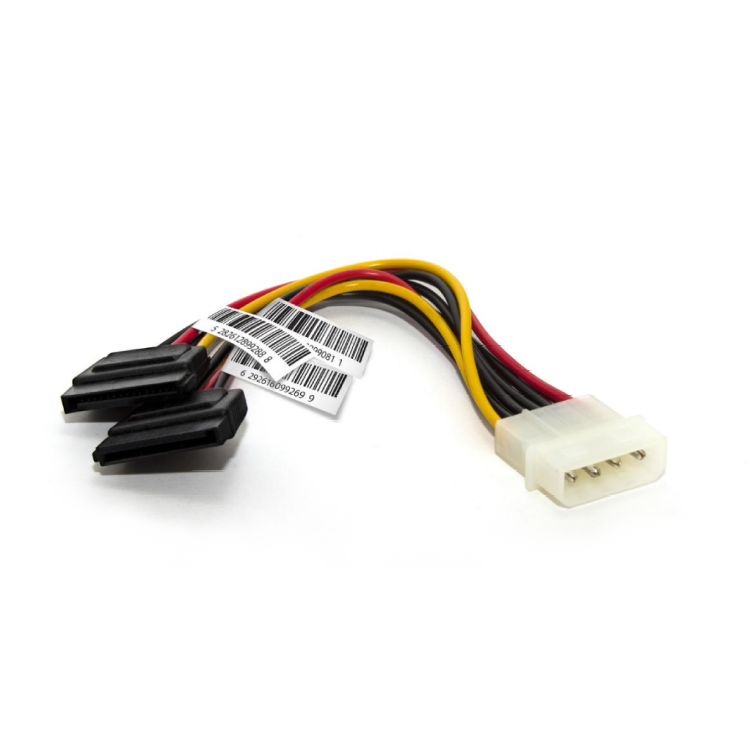Classification of sterilization indicator cards
-
Process chemical indicator card: Used for individual items or packages to indicate whether the item has undergone a sterilization process, distinguishing between sterilized and non-sterilized items, such as chemical indicator tape.
-
Special test chemical indicator card: Used for specific experimental operations related to sterilizers or sterilization standards, such as various B-D test papers. It detects the effectiveness of cold air removal and saturated steam penetration in pre-vacuum sterilizers, as well as any air leaks.
-
Single-parameter chemical indicator card: Used for testing a single parameter during the sterilization process, such as gas concentration indicator cards (e.g., hydrogen peroxide low-temperature plasma).
-
Multi-parameter chemical indicator card: Features two or more key parameters (time, temperature, humidity, gas concentration, steam saturation level).
-
Comprehensive parameter chemical indicator card: A specialized indicator card that reacts to all parameters within the specified range during various sterilization processes, with set values reaching the inactivation level.
-
Simulated chemical indicator card: An indicator card that reacts to all evaluation parameters within the specified range of each sterilization cycle, with set values based on the selected sterilization program settings.

Low temperature plasma sterilization indicator label/card/tape
Apply thermosensitive chemical color changing ink as a sterilization indicator, and back coat with pressure-sensitive adhesive release paper. It can be used inside item packaging or attached to the surface of the sterilization package. Under the required sterilization conditions, the color of the indicator color code changes from red to yellow, and the color after sterilization is not easily faded
Instructions for use
1. Remove the plasma sterilization indicator label from the backing paper and directly stick it to the surface of the sterilized item package. Gently press the label to enhance its sealing effect, and then place it in the plasma sterilizer for sterilization treatment
2. After sterilization, take out the package and observe the color change of the indicator label. If the label changes from red to yellow, it indicates that the package has been sterilized; If the label color remains unchanged, it indicates that the package has not undergone sterilization treatment
Suitable for hospitals, pharmaceuticals, food, health products, beverages, hygiene and epidemic prevention, medical device manufacturers, and sterilization service institutions to perform plasma sterilization, used to indicate whether the sterilization package has undergone plasma sterilization treatment, and also used for plasma indicator effect detection and judgment

Gamma Cobalt 60 Sterilization Indicator Label
Coated with thermosensitive chemical color changing ink as a sterilization indicator, and backed with pressure-sensitive adhesive release paper, it can be used inside item packaging or attached to the surface of the sterilization package. Under the sterilization conditions of gamma cobalt 60Co gamma electron beam radiation, the color of the indicator color code changes from yellow to red, and the color after sterilization is not easily faded.
Cobalt-60 sterilization is the process of using 60Co gamma rays to irradiate microorganisms, directly or indirectly damaging their nuclei, thereby killing microorganisms and achieving disinfection and sterilization. It is a type of irradiation sterilization technology that uses V-rays generated by the radioactive isotope cobalt-60 to irradiate packaged food. In the process of energy transmission and transfer, strong and enhanced physical and biological effects are generated to achieve the goals of insecticide, sterilization, inhibition of physiological processes, food hygiene quality, maintenance of nutritional quality and flavor, and extension of shelf life
Suitable for hospitals, pharmaceuticals, food, health products, beverages, hygiene and epidemic prevention, medical device manufacturers, and sterilization service institutions to sterilize gamma cobalt-60 electron beam, used to indicate whether the sterilization package has undergone plasma sterilization treatment, and also used for gamma cobalt-60 indicator effect testing and judgment

Formaldehyde sterilization instruction sticker/card
Chemical substances, color developing agents, and their auxiliary materials are made into ink and printed on special cardboard. The ink is then discarded and the indicator color block is displayed. Under the required sterilization conditions, the indicator color block changes from red to green to quickly and intuitively reflect whether the sterilized item has undergone sterilization treatment. The color after sterilization is not easily faded. This product is specifically designed to be pasted on the outside of the package to be sterilized, indicating whether the package has undergone formalin sterilization process to prevent mixing with unsterilized packages
Instructions for use:
1. Place the formalin sterilization indicator card in the center of the standard test package or item, with one end of the card surface printed with the indicator. Place it in the middle of the item package, and the indicator card should be placed at the intersection of the hard container or at least two diagonals, or in the most difficult to sterilize area. During each sterilization process, place one indicator card in each large bag and in the difficult to sterilize area. Wrap the indicator card with gauze or kraft paper to prevent it from getting damp and affecting the result judgment
2. According to the routine of sterilization operation, after one sterilization cycle, the indicator card color block changes from red to green, indicating that the sterilization package has been sterilized; If the color change on the indicator card is uneven or there is no change in color, it indicates that the package has not been sterilized
Suitable for hospitals, pharmaceuticals, food, health products, beverages, hygiene and epidemic prevention, medical device manufacturers, and sterilization service institutions to disinfect and sterilize formalin, used to indicate whether the sterilization package has undergone formalin sterilization and disinfection process
What are the types of sterilization instruction labels?
Sterilization indicator labels can be classified into various types based on their form and function. It mainly includes the following types:
-
Process chemistry indicator card: This type of indicator label is usually used for individual items or packaging to indicate whether the item has undergone sterilization process.. For example, common chemical indicator tapes and labels distinguish sterilized and unsterilized items through color changes
-
Special detection chemical indicator card: This type of indicator label is specifically used for special experimental operations of sterilizers or sterilization standards, such as B-D test strips, to detect the cold air discharge effect and saturated steam penetration effect of pre vacuum sterilizers, as well as air leakage situations.
-
Single parameter chemical indicator card: This type of indicator label focuses on testing a single parameter during the sterilization process, such as a gas concentration indicator card, used to detect whether the concentration of a specific gas (such as hydrogen peroxide) meets the sterilization requirements.
-
Multi parameter chemical indicator card: This type of indicator tag has the detection function of two or more key parameters (such as time, temperature, humidity, gas concentration, steam saturation degree), which can more comprehensively evaluate the sterilization effect.
-
Comprehensive parameter chemical indicator card: This type of indicator label is a type of indicator card specifically designed to act on all parameters within the specified range during each sterilization process. Its set value needs to reach the inactivation value, which can comprehensively evaluate the sterilization quality.
We offer comprehensive technical support, including free professional labeling solutions, advice on label materials and adhesive selection, as well as online/offline assistance from professional software and hardware engineers. Service email: andy@ownlikes.cn. In pre-sales, we leverage our extensive experience in specialty labeling projects to provide clients with the most suitable hardware solutions. Additionally, all our label barcode printers and scanners come with a three-year free warranty, demonstrating our confidence in our products.






This site is protected by reCAPTCHA and the Google Privacy Policy and Terms of Service apply.